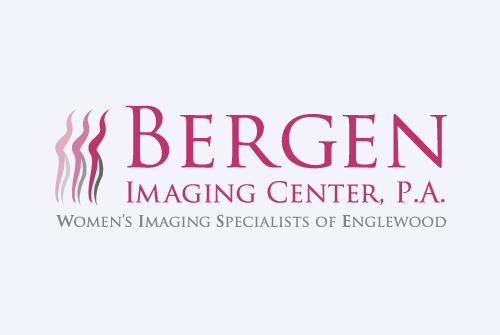There are very few medical procedures without risks – but a standard diagnostic ultrasound poses no known risk to humans.
Ultrasound is a radiation-free procedure
Unlike X-rays, ultrasounds don’t emit radiation. An ultrasound scan – also known as sonography – uses high-frequency sound waves to create an image inside the body. The resulting image is called a sonogram.
Ultrasound is safe during pregnancy
Since there is no risk of radiation exposure, ultrasounds are safe enough for pregnant women. The procedure is regularly used throughout pregnancy to monitor everything from fetal development to the health of the placenta.
Ultrasound has many applications in medicine
Ultrasounds aren’t just for pregnant women. They are used to monitor and diagnose all kind of medical conditions – from kidney problems to carpel tunnel syndrome. Ultrasound is also used for guidance during medical procedures like biopsies.
What are the benefits of ultrasound?
- Ultrasound is quick and painless – no needles or incisions necessary.
- Ultrasound captures soft tissues that can be difficult to see on X-rays.
- Ultrasound provides real-time imaging – making it a useful tool for minimally invasive procedures like needle biopsies.
- Ultrasound is the preferred imaging procedure for pregnant women and their unborn babies.
- Ultrasound costs less than comparable procedures.
- Ultrasound is easily accessible and widely available.
What are the risks and limitations of ultrasound?
There are no known risks to humans for standard diagnostic ultrasound. That said, the FDA does not support the casual use of ultrasound (i.e. for ‘keepsake’ sonograms during pregnancy), and recommends that ultrasound only be used when there is a true medical need.

